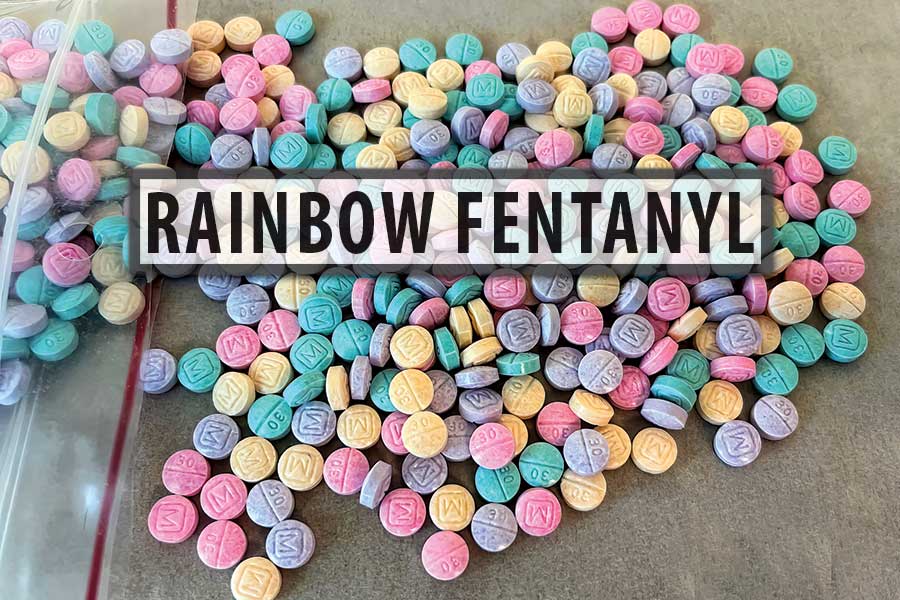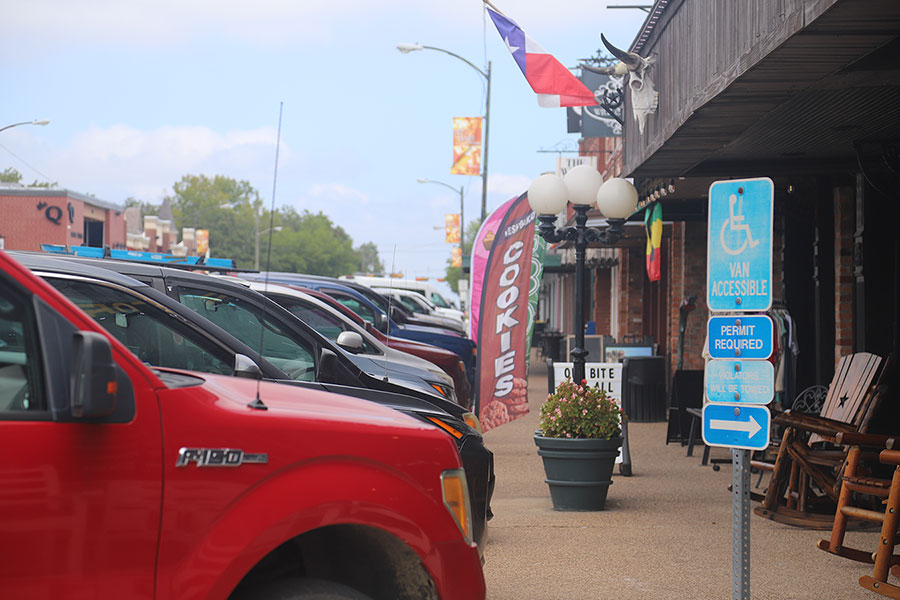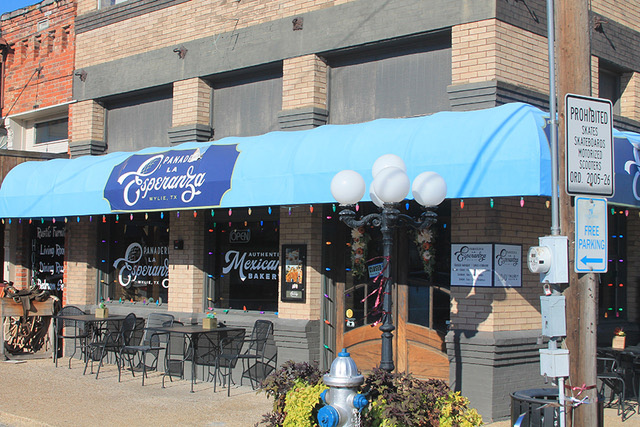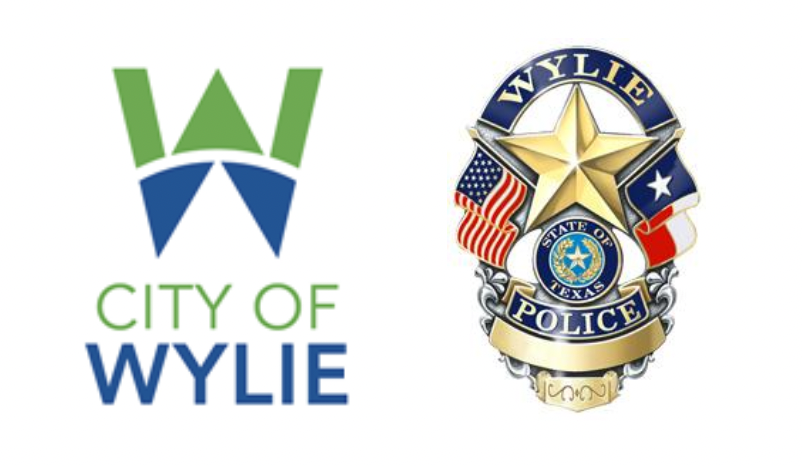Authorities say counterfeit fentanyl is often disguised in an assortment of rainbow colors resembling candy. Courtesy DEA
Fentanyl poisoning continues to claim a growing percentage of drug deaths in the state, according to the Texas Health Data dashboard published online by the Department of State Health Services (DSHS).
As of Aug. 25, 45.39% of all drug deaths were attributed to fentanyl. Last year’s percentage was 45.14%.
The latest information reported and tabulated indicated there were 30 fentanyl deaths in 2006, increasing to 2,865 in 2022. The most recent 2023 data logged 866 fentanyl deaths out of 1,908 total drug deaths.
Fentanyl, a synthetic opioid drug, is 50 times stronger than heroin and 100 times stronger than morphine. Two milligrams, equal to 10 to 15 grains of table salt, can be lethal.
“Fentanyl remains the single deadliest drug threat Texas and our nation have ever seen, with five Texans losing their lives every day,” said Gov. Greg Abbott in announcing a second allotment of 60,000 units of naloxone – brand named NARCAN — was being distributed to all Texas police departments as part of the statewide “One Pill Kills” campaign.
Naloxone is used to reverse opioid drug overdoses. Known as an “opioid receptor antagonist,” it works by blocking the effects of opioids on the body’s opioid receptors.
In April, the Texas Department of Emergency Management (TDEM) began distributing 20,000 units of naloxone nasal spray to each of the 254 county sheriff’s offices.
The nasal spray is an easy-to-use method of administering naloxone, requiring little training. It can also be administered by intramuscular injection, intravenous injection or auto-injection with a spring-loaded device.
By Bob Wieland | bwieland@webmaster
To read the full story subscribe to The Wylie News.


















0 Comments